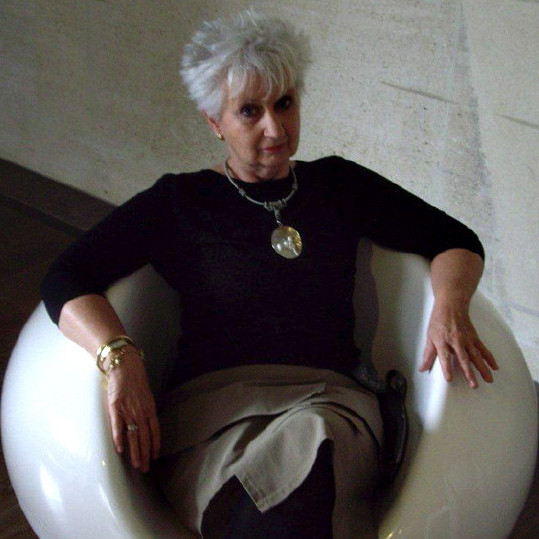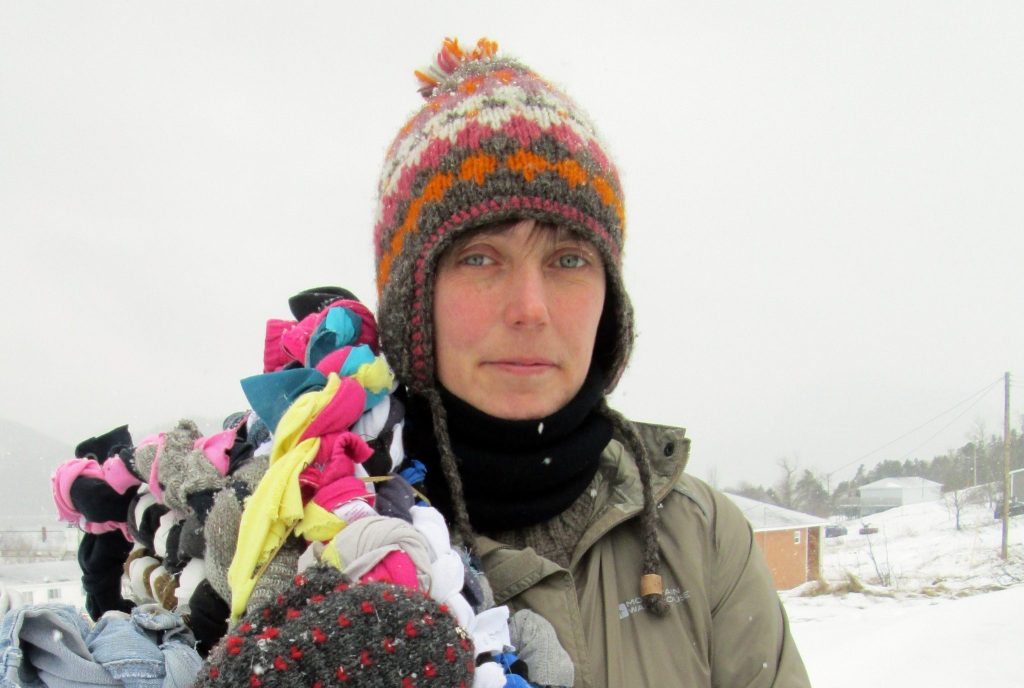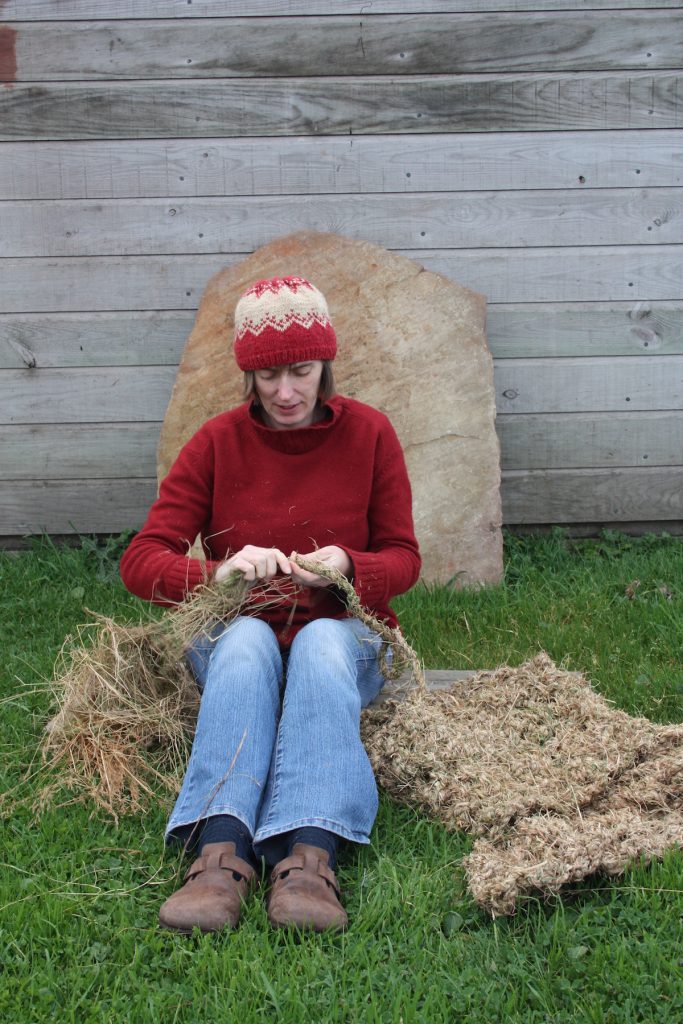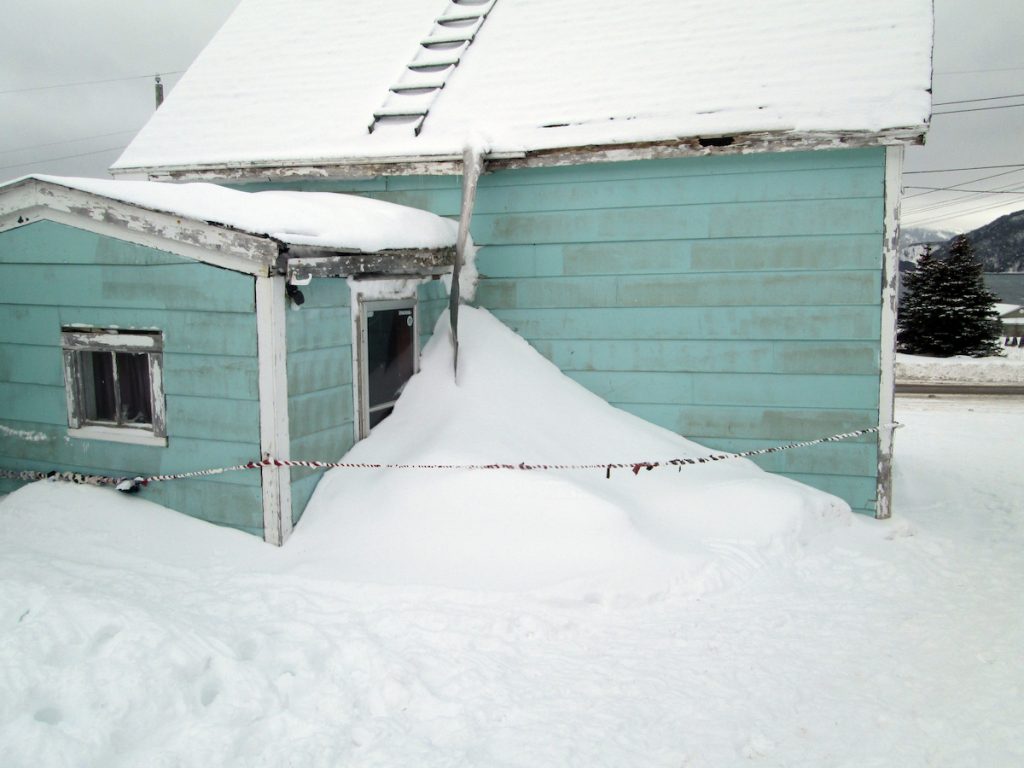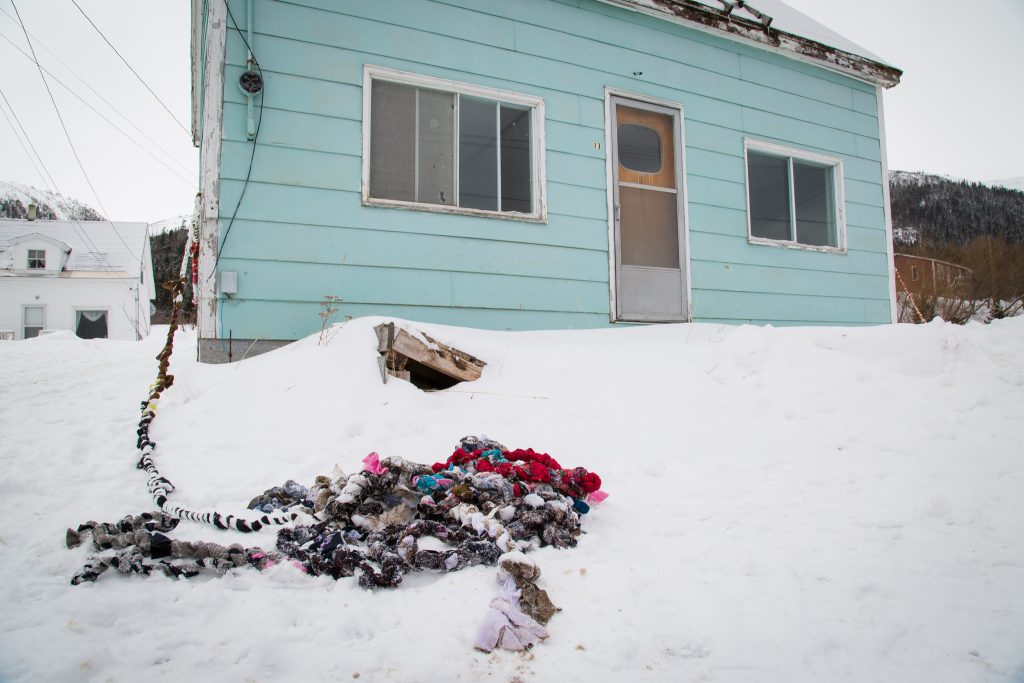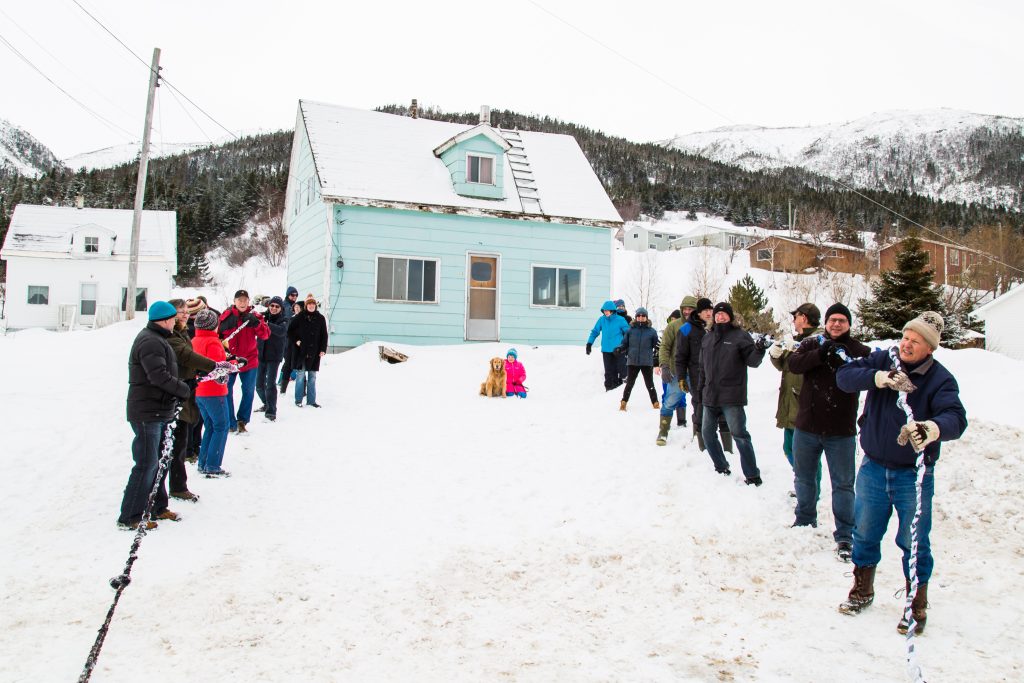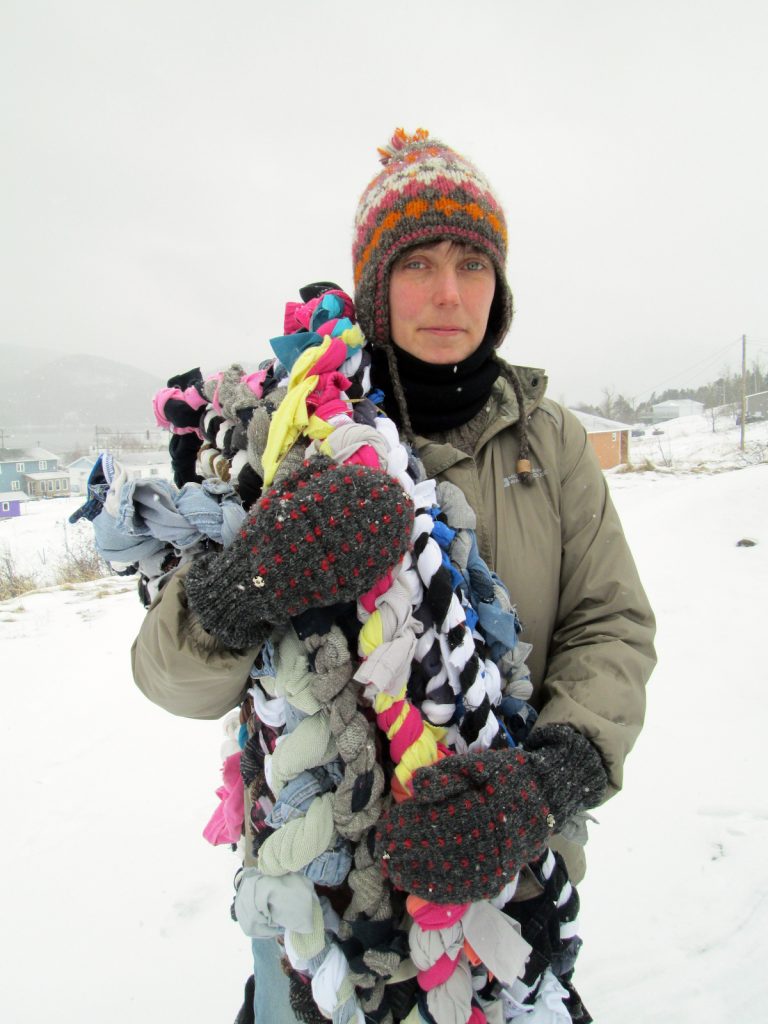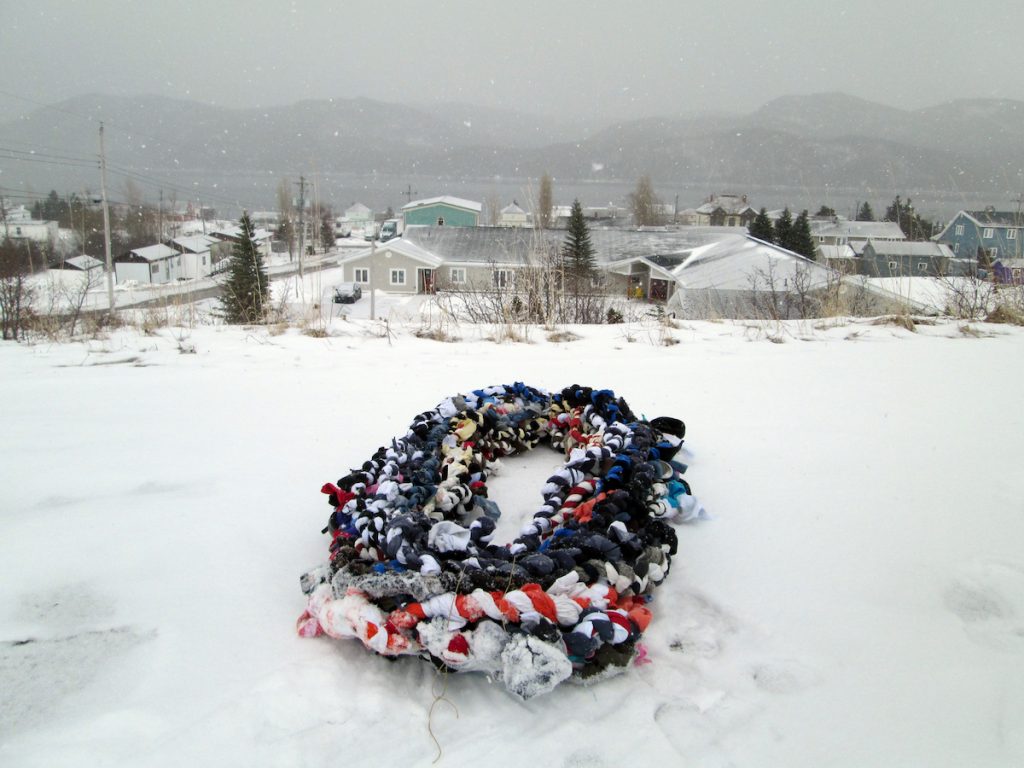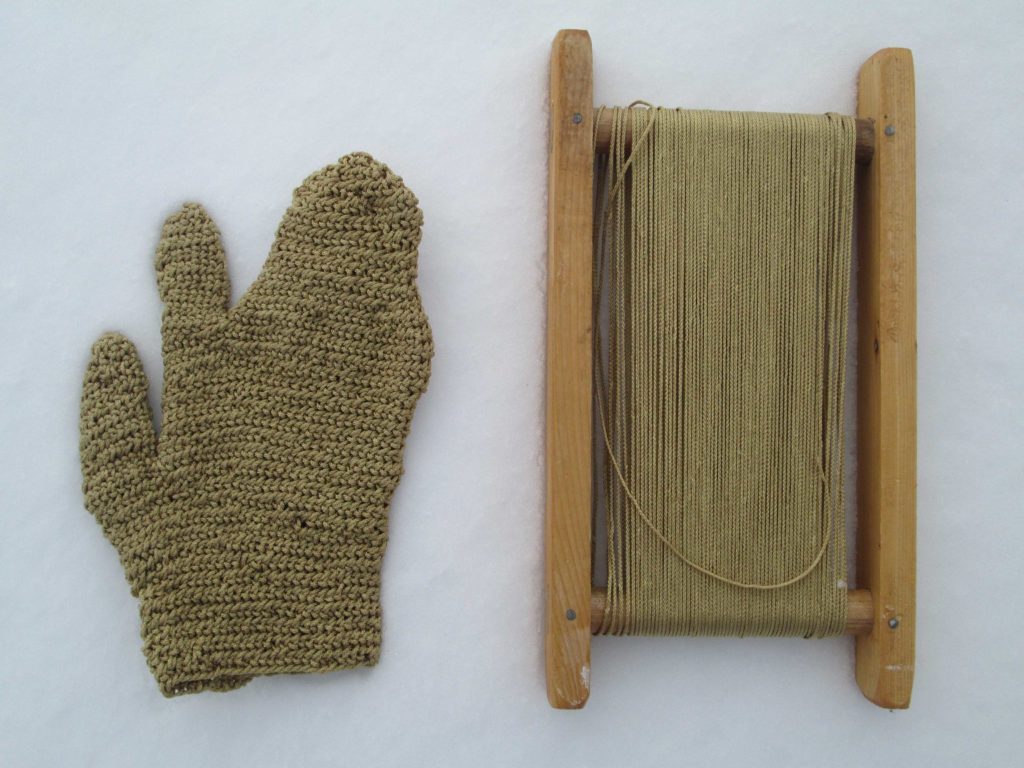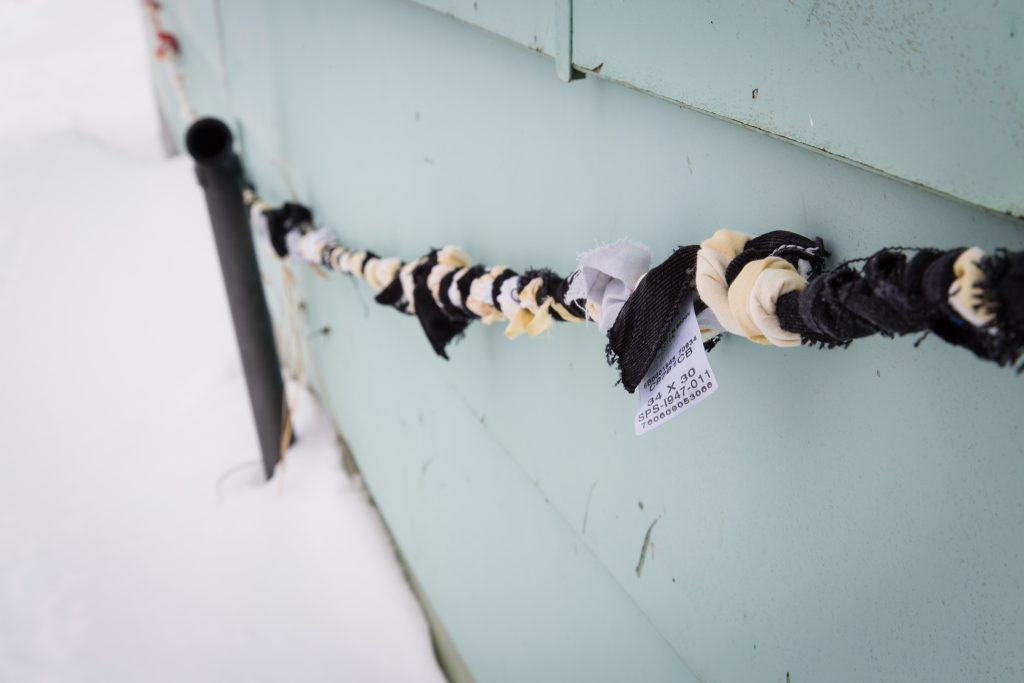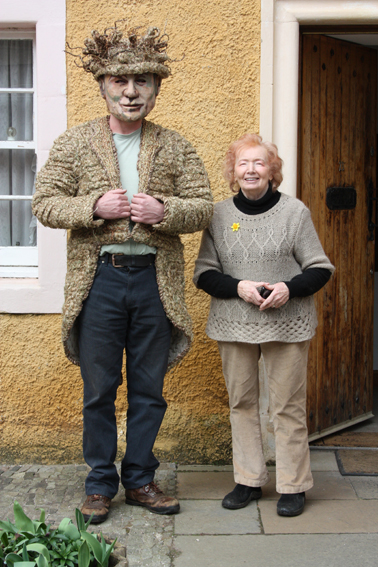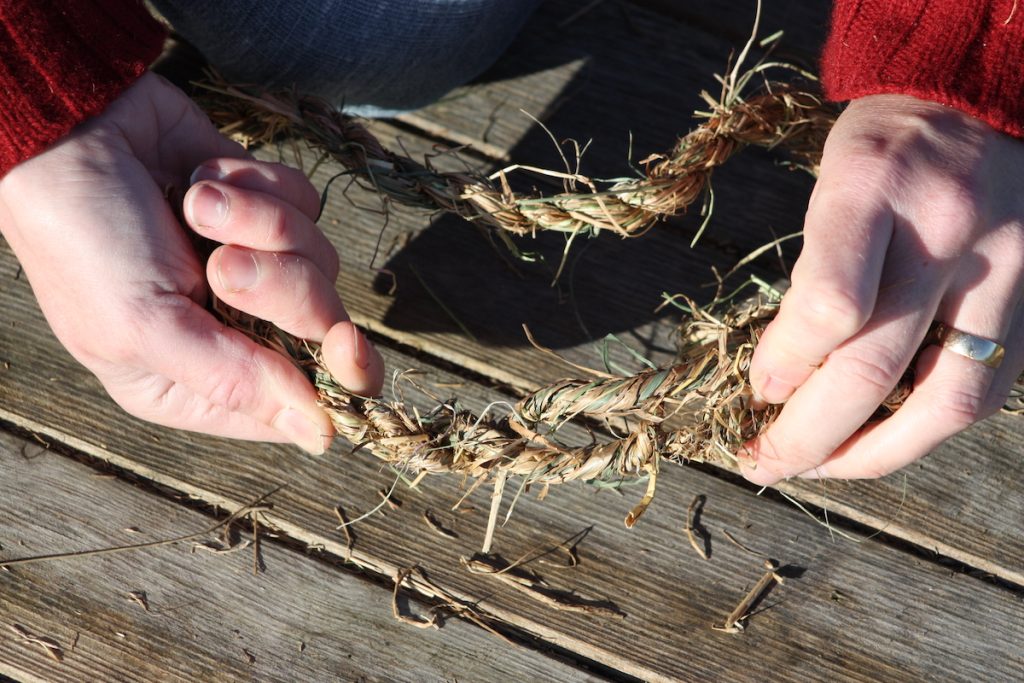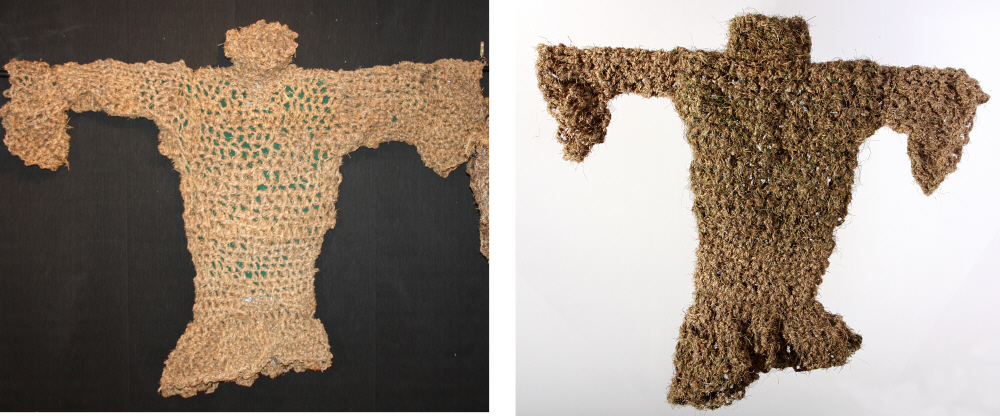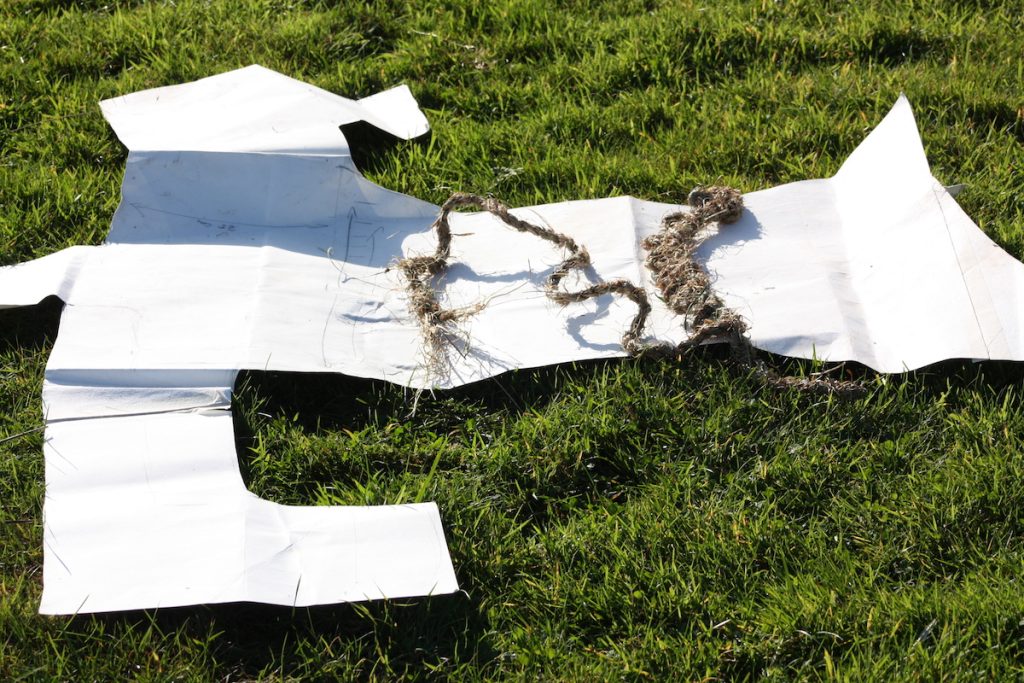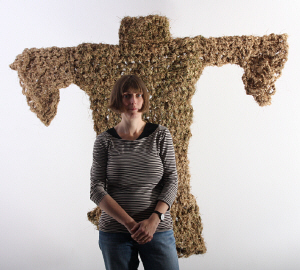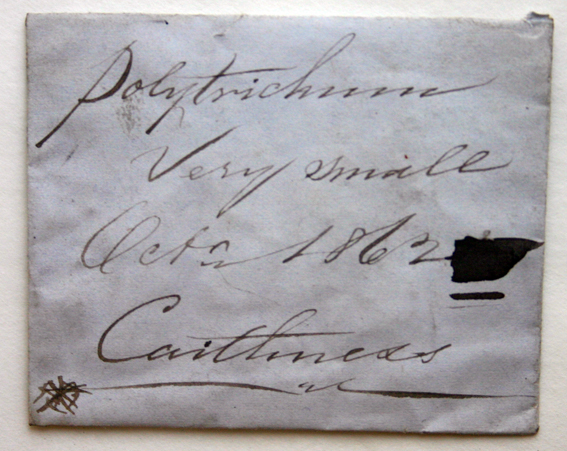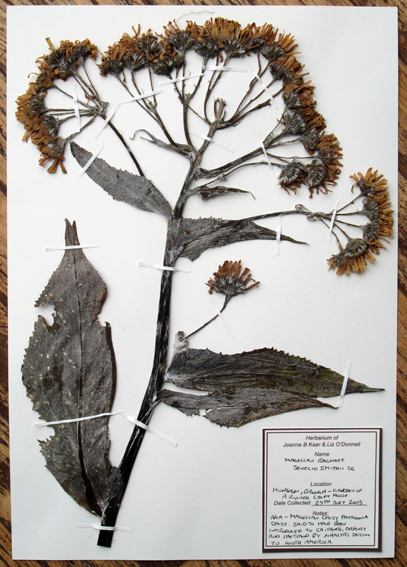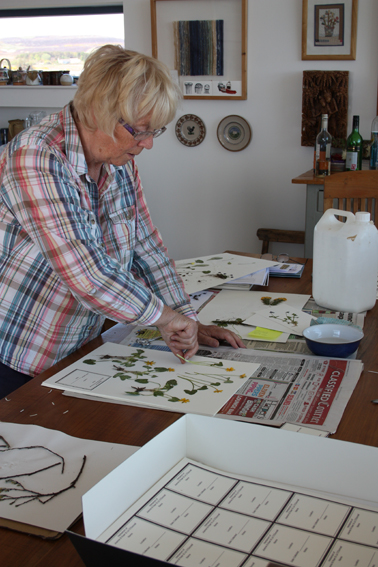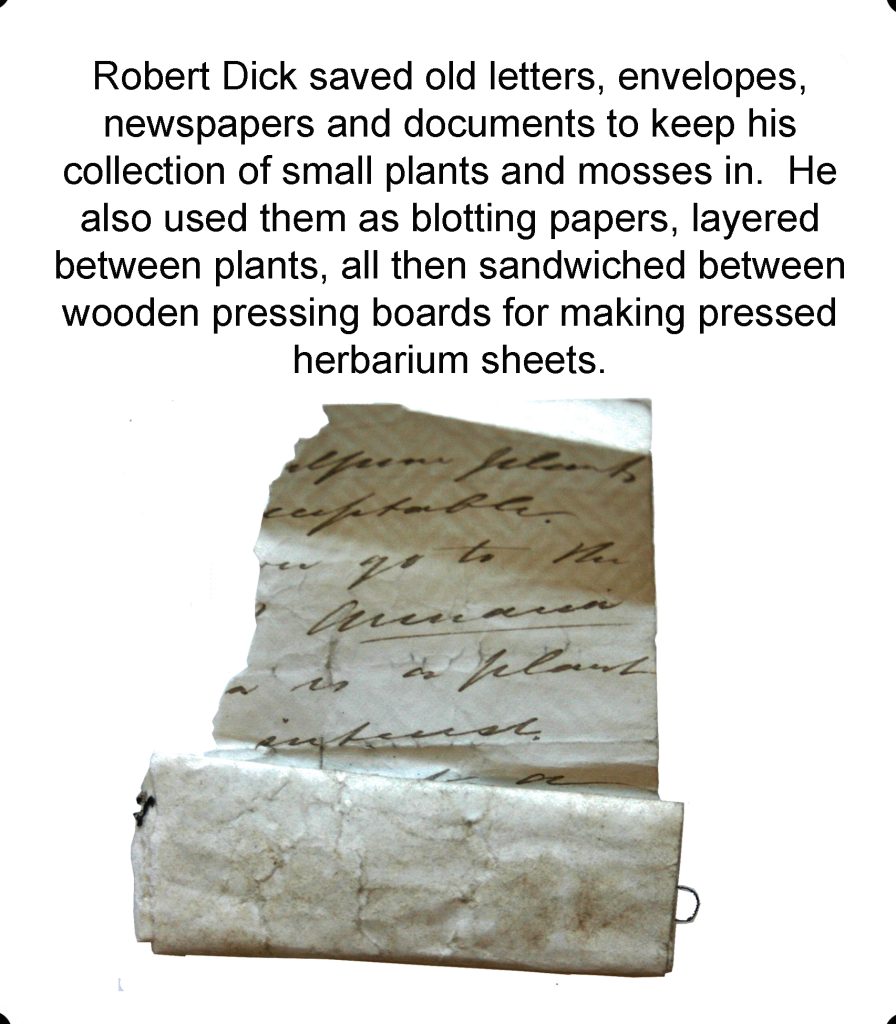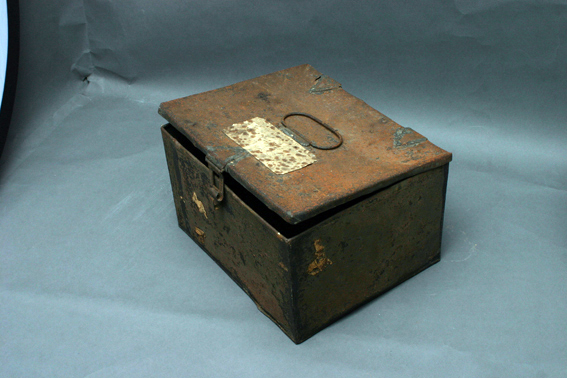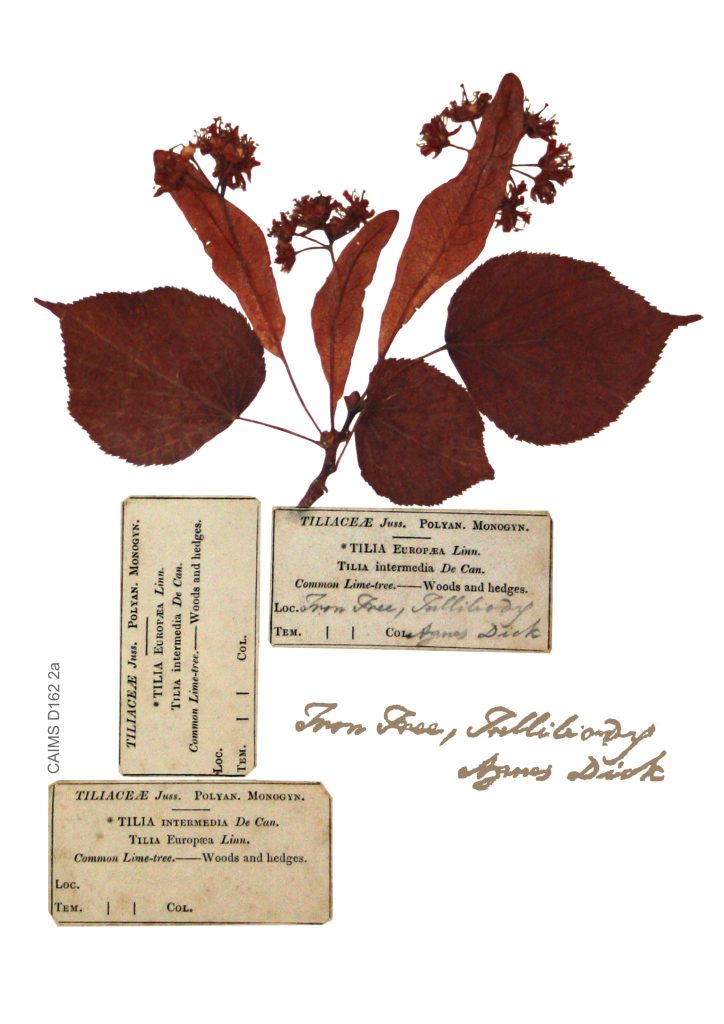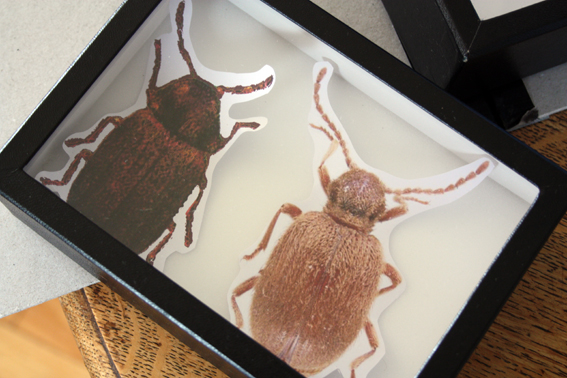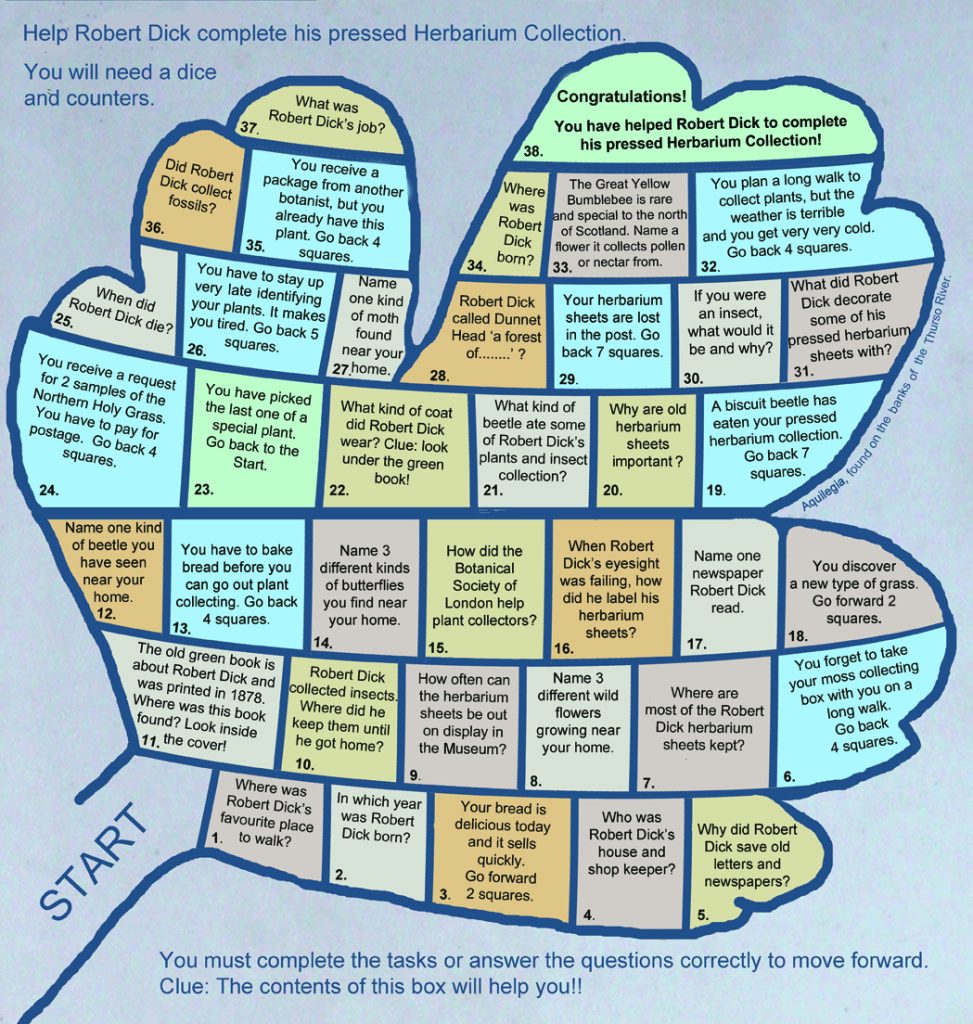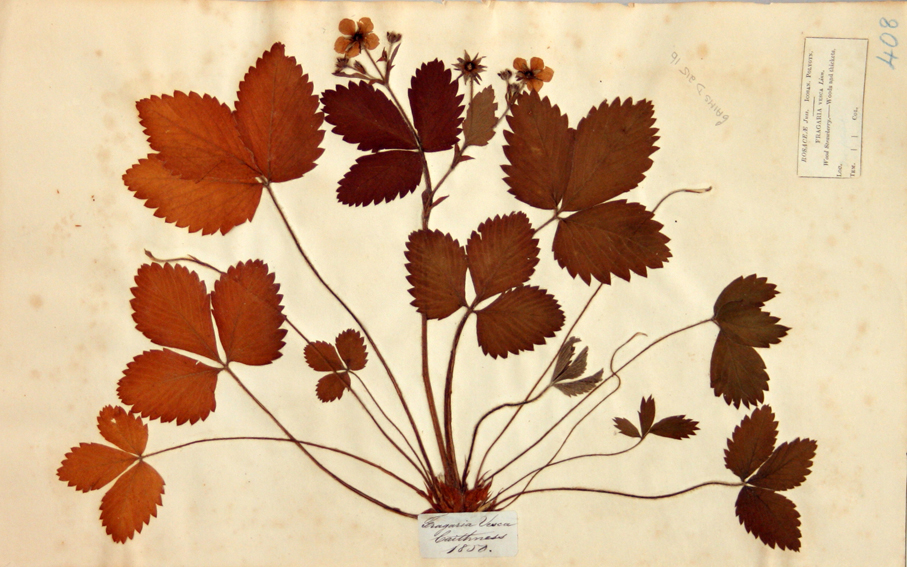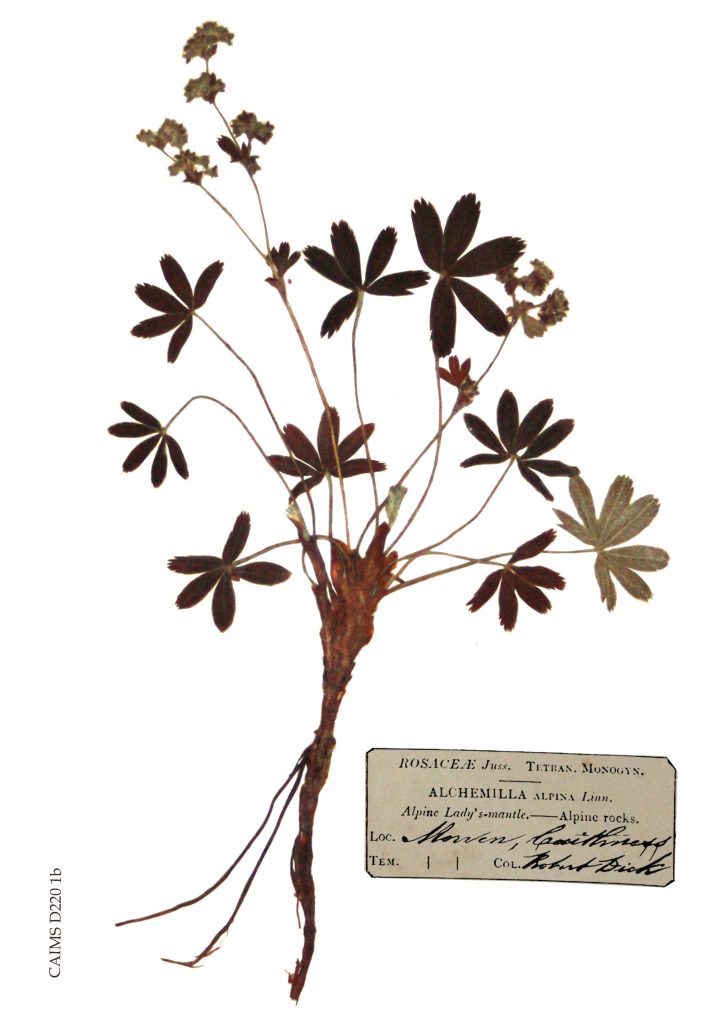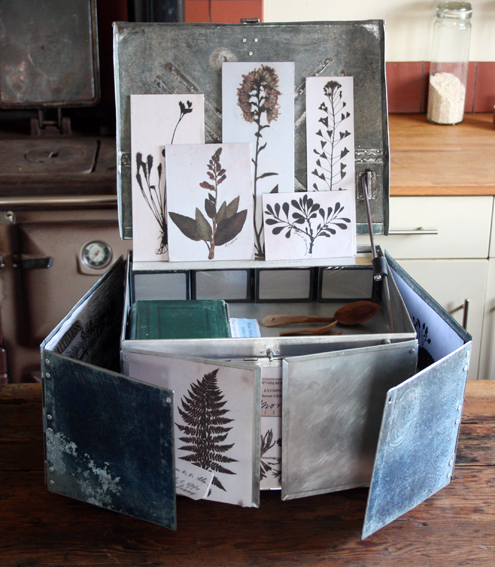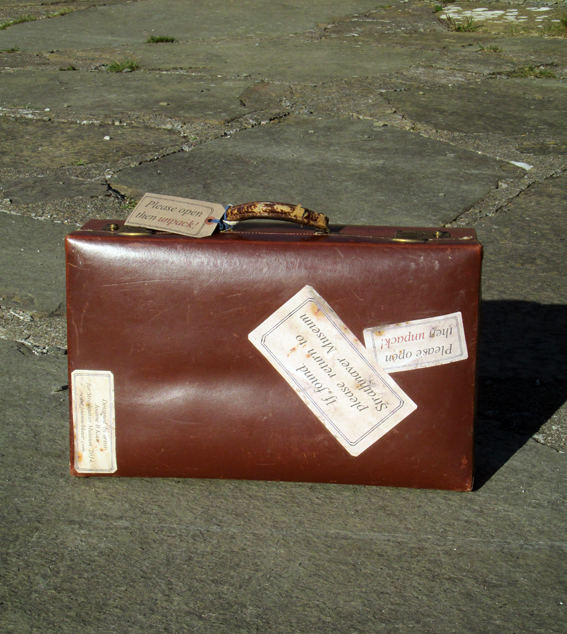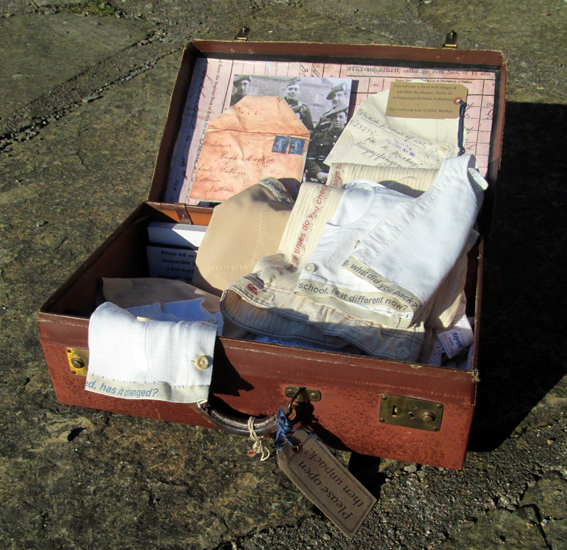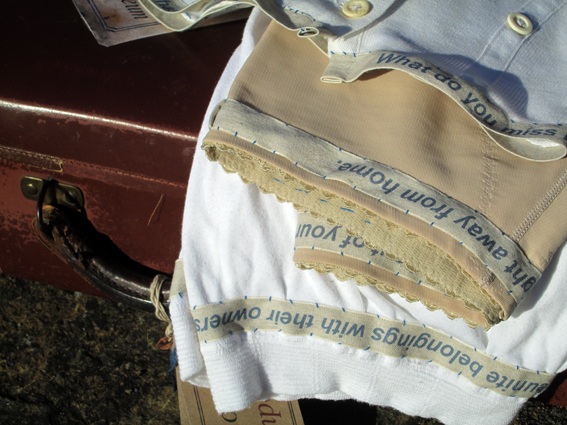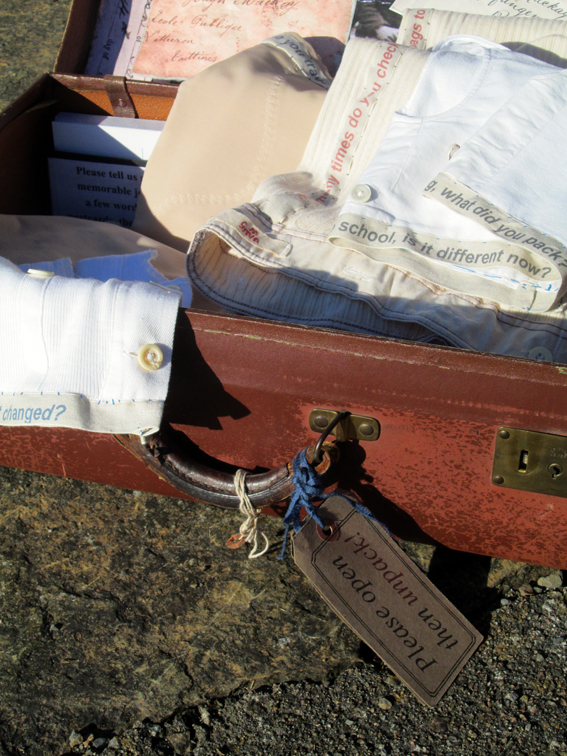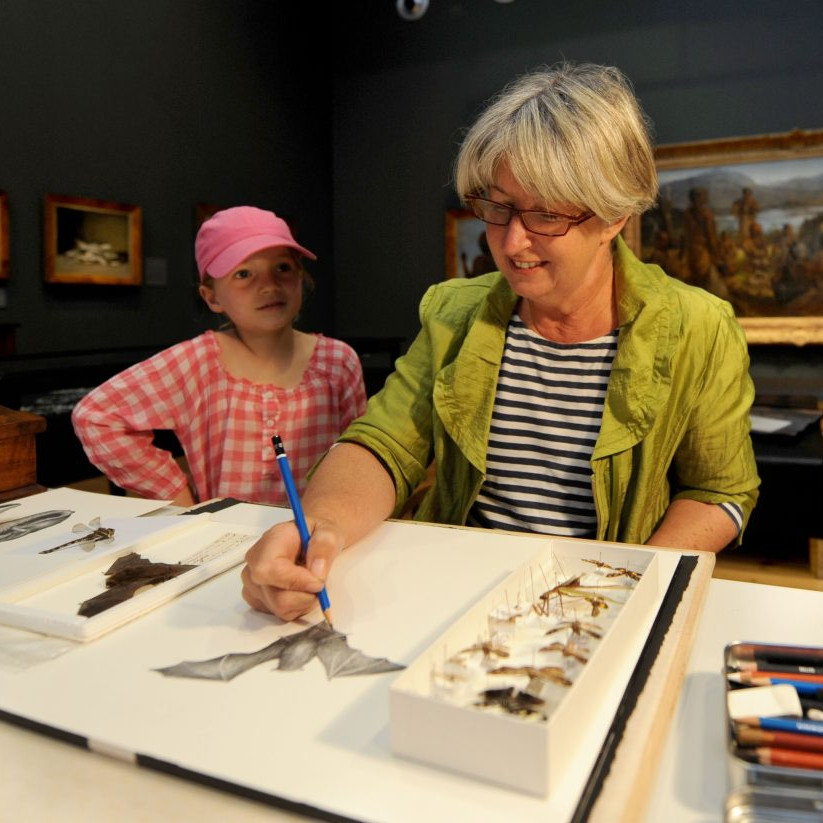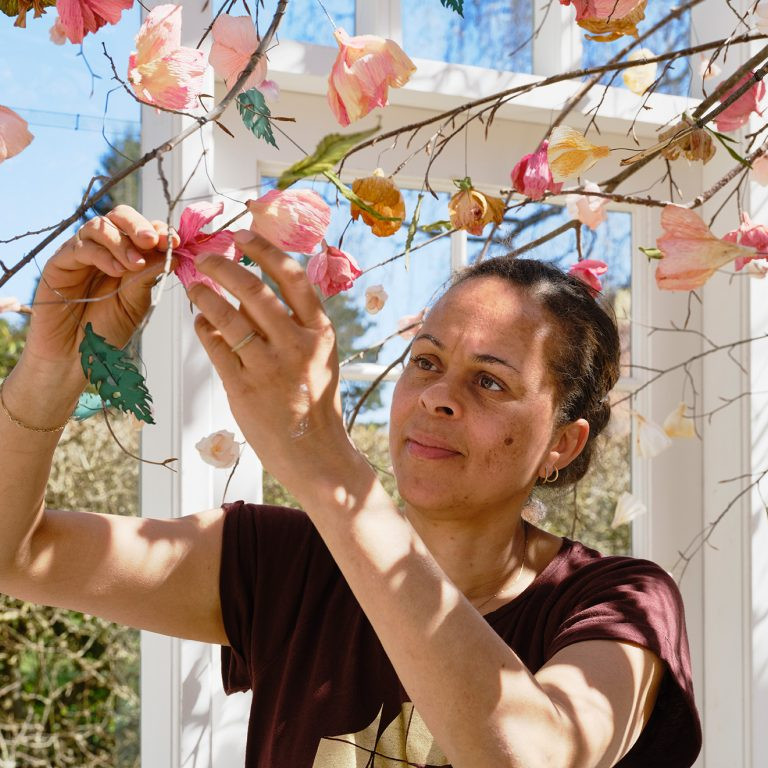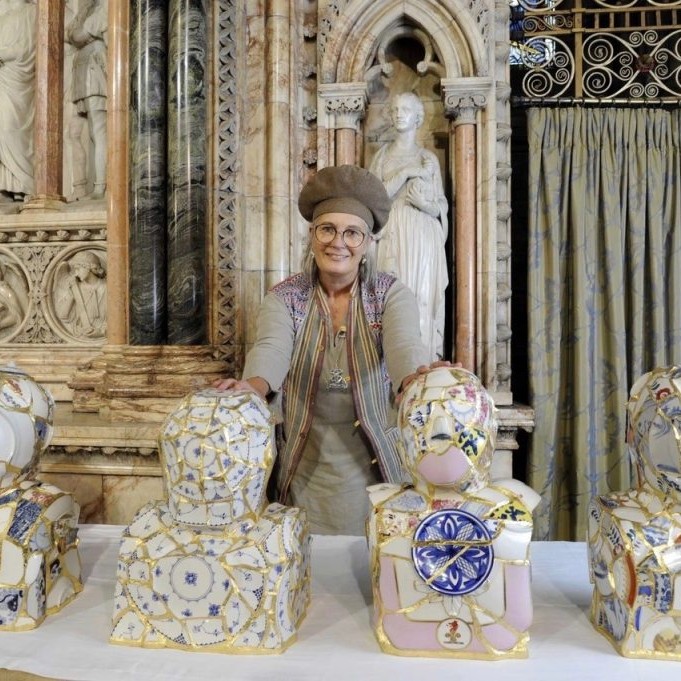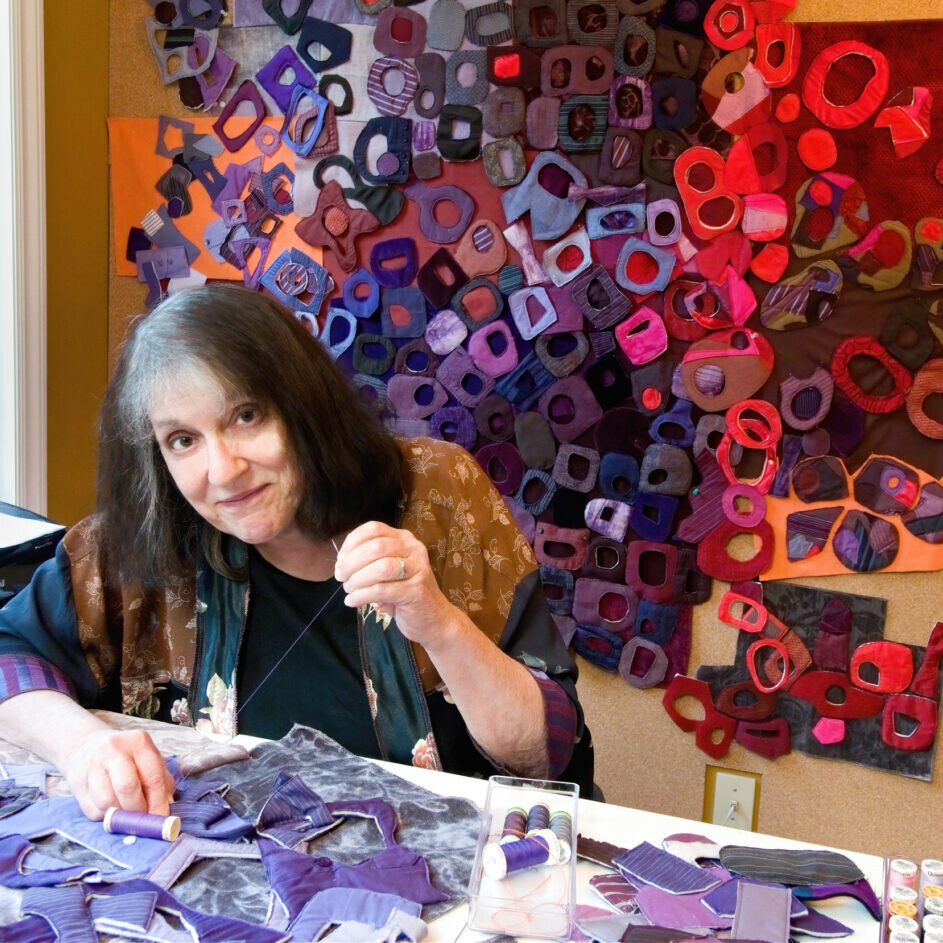Joanne B Kaar Assemblage Artist - Dunne, UK
Explain your involvement with Chrysalis Art?
Fabric of Place is a community based, artist in residence project which Chrysalis Arts Development has developed as part of the company’s Slow Art strand of artistic activity. I have been invited to take part as lead artist.
The project focuses on the distinctiveness of Reeth and the surrounding area of Swaledale. Artists will use creative processes and activities to explore different aspects of the area, its communities and their relationship with where they live, to create a series of artworks and offer a range of opportunities for residents to participate. This two-year project will culminate in a touring exhibition in late 2018 and a community artwork that will ultimately be housed in Reeth.
As lead artist, I conducted a two-week research visit in October 2016. In March 2017, I will return to Reeth for a further two weeks and community activity on the project will begin.
Each artist will be working on the theme ‘Outside In’ over the two-year project. Their own work and work they produce with community groups will form part of an installation made to look like a room, but with a twist!
Joanna B Kaar working on an earlier project
You are about to work on a 2-year slow art residency, explain what a slow art residency is?
Slow growing, slow art – Many residencies are short term, blocks of time, blink and it’s finished. This residency will allow time to get to know the area, and develop ideas. We’ll also use some techniques that are quite slow, and may not be suitable in a residency that’s only a few weeks long.
Tell us about your residency in Newfoundland in 2016?
Newfoundland has been on my list of must-see places to visit for a long time, so when I saw the craft residency opportunity with the Craft Council of Newfoundland and Labrador, in Woody Point, Gros Morne National Park, I decided to take a deep breath and fill out the application form.
A winter residency, my usual natural materials of choice would be limited (under a few feet of snow). I couldn’t bring natural materials with me through customs. Travelling light, making sure I didn’t need specialist tools or materials when I arrived as Woody Point is an isolated ‘out port’ with a population of around 200, and a day’s bus away from the capital St. John’s.
Most of all, I wanted to learn something about Newfoundland, its customs and traditions that connected my home of Caithness in Scotland with Newfoundland and would make people smile. With all of this in mind, I focused on the ancient folklore tradition of ‘buying the wind’ in 3 knots of thread, rope or fabric, to be undone as wind is required, but the mariner is instructed on no account untie the third knot, as it may start a hurricane. A ‘job’ that probably started in Finland, but has been documented in Scotland, mostly in coastal areas and the islands, ‘wise’ women would sell a fair wind to mariners. I discovered that Meg Watt from Duncansby was one of the Wind sellers for Caithness. In Orkney, Sir Walter Scott met wind seller Bessie Miller in 1814. She became the inspiration for one of his characters in his novel, The Pirate. Folklore and traditions travelled with people to Newfoundland. Transcripts from oral history recorded in the 1960s and 70s in Newfoundland by the Intangible Cultural Heritage of Newfoundland and Labrador recount stories of buying the wind Rope continued to inspire.
Newfoundland’s coast is scattered with ‘outports’, many were easier to access by boat, with fishing at its heart. As people moved, either by personal choice, changes in family circumstances or the governments resettlement programme, they often took their house with them. Archives held photos and accounts of houses being pulled with a rope by people over frozen bays.
Others showed dozens of small rowing boats towing a house, half submerged in water. All of this is within living memory, and many people in Woody Point had either helped or witnessed house moves, indeed many of the houses in Woody Point had been re-located (often more than once).
Inspired by these incredible stories and photographs, I made a huge rope from old clothes donated by the people of Woody Point. The rope made from clothes represented a community on the move.
With snow on the ground and the temperature about minus 20 degrees, I invited locals to help ‘move’ a house! Over 50 locals turned out to simulate the event.
This house ‘move’ brought all ages together, triggering memories of the past which were shared in the warmth of temporary studio. The event was captured on film and camera by Tom Cochrane of Old Crow Magazine. Jigging for cod.
I use a hand-line at home to fish for cod, and cover my fingers with plasters to protect them from blistering while hauling in the line. In Newfoundland they wore hand-knit mitts, called ‘jig’ or ‘trigger’ mitts.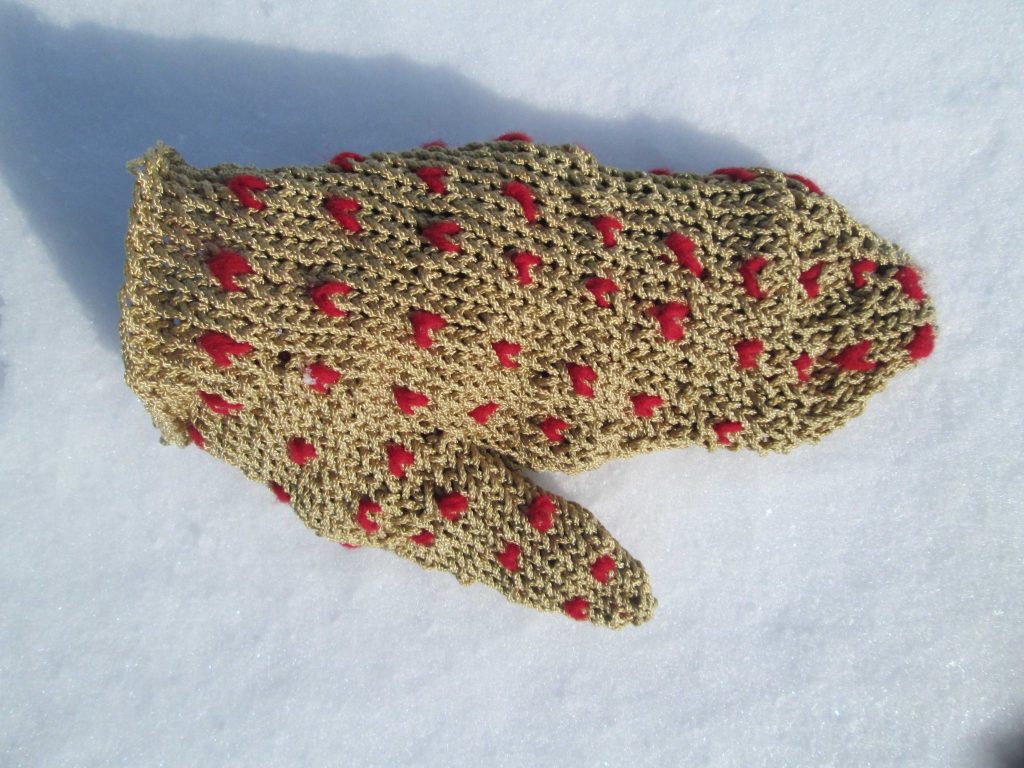
They’re a combination of a mitt and a glove – designed to keep your hands warm while still being able to haul in your fishing line. There were other designs too, all equally unique – thrummed, nippers and stalls. The lobster mitts were made at least three times the size of a hand, designed to shrink-to-fit when used at sea, making them felted and extra warm.
Inspired by archaeological evidence that the Norse visited Newfoundland, I designed a series of hand-protections, each telling the story of over 1000 years of fishing in the waters around Newfoundland, through design, construction techniques and materials used:
I combined the ancient Norse technique of nalbinding and traditional Newfoundland fishermen’s hand protection designs with modern golden fishing line I purchased in one of the only 2 stores in Woody Point.
This residency was funded by the Craft Council of Newfoundland and Labrador, and Gros Morne National Park.
Explain the Angus McPhee shoes?
Replica of Angus McPhee’s shoes and Joanna B Kaar’s shoe
Who was in Angus McPhee?
How are the shoes made? Why did you make them?
A few years ago I visited Joyce Laing in Pittenweem, Fife, to take a closer look at the grass garments made my Angus MacPhee. I had seen his incredible work while it as on display in Stornoway many years ago. Angus was a crofter. He lived in South Uist, but spent almost 50 years in Craig Dunnain psychiatric hospital in Inverness. He chose not to speak, instead he made garments from grass and leaves growing in the hospital grounds, twisting the plants into a rope or simmans. A traditional technique he would have learnt at home in Uist. When he’d finished making, Angus just discarded them and started another one. It was fortunate that Joyce Laing discovered Angus and saved some of his work.
Grass Man
Angus became known as ‘the weaver of grass’.
Joe Kaar and Joyce Laing at ’Art Extaordinary’
Exactly how Angus made his garments was a mystery Joyce wanted to solve. I’ve plenty of grass in my field to experiment with!
The grass ‘weavings’ made by Angus are now old and fragile. With the help of my husband Joe, who made a sketch of the construction by looking at a patch of more open weave, and the information from Joyce with her first had experience of seeing Angus work, I made notes and took measurements in my sketchbook. Next, with a ball of cotton string, I made a few test pieces.
Back home, I drew out a full size paper template to work from. Starting at the waistline, I made a grass rope to fit the width, then, by opening up the rope at regular intervals, I made a series of loops, threading the grass rope in and out of the gaps.
I’m using dried grass a this will help hold the twist in the rope.
Using a looping technique, I worked upwards towards the neck of the garment, the same direction as in the original. The loops were small and pulled tight at the waistline, getting larger towards the chest. I used my fingers as a gauge and pulled the rope to the size I wanted. Whilst keeping the same number of loops in each row, the garment widened at the chest, because each individual loop was bigger. This made a flat section for the front of the garment. The arms were to be added later.
Working with a short length was easier, as didn’t have to pull so much rope through the loops. When I ran out of rope, I simply made it longer by twisting in more grass. The cuffs of the sleeves and base of Angus’s garment were deliberately frilly. The loops on these parts were too matted and confusing to understand how they were made. So I decided to use the same looping technique for everything as this was the only one I was sure he had used. Working from the original waist band, I made two large loops into every one in the row before – this instantly made it wider and uneven. Working from the waistline down, I followed the paper template and adjusted the loop size to complete the front side.
Making the back of the garment was easier. I started with a waistband as before, but at the end of each row, I looped through the sides of the front piece, connecting the two halves together as I worked back and forth, leaving gaps for the sleeves and neck.
The construction technique is easier to see on these larger loops.
The garment was getting quiet heavy, so I made the sleeves separately. Again, starting with a rope I made a series of loops, but this time I tied it into a circle, the same diameter as the sleeve, working in the round, not two flat pieces. This was stitched with a grass rope to the main body section. It’s difficult to see on the original garment if the sections were made in the round, or sewn together later. I used a combination of both.
The sleeves attached and only the neck to do. I worked this in the round, picking up loops from the back and front of the garment until it was finished.
So now we know how Angus made these incredible garments, but not why. Joyce Laing has now retired and her collection of Art Extraordinary, including my replicas, are all now housed in Glasgow Museums.
How do you use historical material to inspire you? Use your involvement with the Royal Botanical Gardens, Edinburgh to explain this.
Wearing a swallowtail coat, jeans and a chimney-pot hat, Robert Dick often had children following him from his bakery in Thurso, as they were curious to know what he was doing on his walks.
He was not only a baker, but also a renowned self-taught botanist, a geologist and naturalist. Interested in entomology, he collected moths, beetles, butterflies and bees. To bring the samples home he pinned them to the inside of his hat.
Robert Dick’ folded paper sample
Robert Dick was born in Tullibody, Clackmannanshire in 1811. In the summer of 1830, Robert Dick also travelled to Thurso where he set up his own baker’s shop.
Dunnet Head was one of his favourite places to walk, describing it as having a forest of ferns. Dunnet Head Lighthouse was built in 1831, an event Robert Dick must have witnessed.
Robert Dick saved old letters, envelopes, newspapers and documents to keep his collection of small plants and mosses in. His Herbarium collection is now in Caithness Horizons Museum, Thurso, and contains around 3000 specimens. Robert Dick died in 1866.
Inspired by the landscape, and its rich heritage, I have been collaborating with Joanne Howdle, curator at Caithness Horizons Museum, digitalising their now fragile Robert Dick Pressed Herbarium Collection.
Liz O’Donnell, laying out plants for a pressed herbarium.
The Robert Dick Herbarium Collection was in need of remedial conservation treatment. In 2001, the bicentenary year of Robert Dick’s birth, Caithness Horizons received funding for remedial conservation work to be undertaken on 85 of the pressed herbarium sheets, and arrangements were made for them to go to The Scottish Conservation Studio in South Queensferry near Edinburgh.
It was the combination Robert Dick’s job as a baker, the beautifully pressed plants, hand written notes on herbarium labels and a whole variety of papers which provided a rich source of inspiration for my artwork.
I exhibited this new work, ‘Paper wrappers and Herbarium sheets’ in the gallery at Caithness Horizons in 2001. I up-dated Robert Dicks bakery to give it a contemporary feel, adding information about his work and personal life with aprons, flour bags and biscuit tins. A few of the recently conserved herbarium sheets were on display as part of my exhibition.
In 2012 Caithness Horizons received funding from Museum Galleries Scotland and Creative Scotland’s Iconic Artists in Iconic Places fund, for the next art project.
Again, working in collaboration with museum curator, Joanne Howdle and inspired by Robert Dick’s original metal, moss collecting box, I designed a scaled up version, using reclaimed metal but full of surprises inside.
Robert Dick’s moss collection box
On opening up, it reveals flowers which pop-up hidden, insects, drawers to pull and flaps to lift. A portable museum of curiosity which invites you to explore.
The images inside tell the story of what happened to the plants after Robert Dick picked them. Panels show images from his collection, the variety of papers he used and the beautiful herbarium sheets with his hand written notes detailing the places where the plants were collected.
Flaps can be lifted up to reveal more about why he cut out place names from newspapers, and why he was asked for so many samples of the Northern Holy grass by other collectors. You can discover why there are herbarium sheets from other collectors in Robert Dick’s collection.
A drawer opens to reveal a branch with a few leaves and blossoms from a lime tree which once grew outside his childhood home in Tullibody.
Other drawers pull out to reveal beetles which are responsible for damage in many museum herbarium collections, and also tools of the trade for conservation work.
Fold down this flap to find a list of activities you might like to try, including playing this board game inspired by the Robert Dick collection.
As part of research, we (Joanne Howdle Caithness Horizons museum curator) visited the herbarium at the Royal Botanical Gardens in Edinburgh, to learn more about the importance of a pressed herbarium. We also found that they have a handful of Robert Dick’s pressed herbarium sheets. I was subsequently invited to give a presentation about my work at the AGM for the Botanical Society of Scotland at RBGE and also exhibit in the John Hope Gateway Gallery at RGBE.
My research continued and have since made an exciting discovery.
A big name in the botany world was found as we, documented the Robert Dick pressed herbarium collection.
The team of Joanne Howdle, curator at the museum, and three volunteers, including me, are aiming to record electronically as much as possible about each herbarium specimen of UK plants.
While I was going through some of the sheets I found 12 with the name Hooker on them.
Recognising it as an important name among plant collectors, I set about finding out whether it could be the real thing, sending photographs of the sheets to the various people who would know.
This set off a string of excited exchanges between experts working at the Manchester Museum and the Royal Botanical Gardens at Edinburgh and Kew, and it was confirmed the sheets are of a father and son who were both eminent botanists and directors of Kew.
Sir William Jackson Hooker (1785-1865) is the father of the two, who showed an early interest in botany and, in 1809, with the encouragement of Sir Joseph Banks, made an expedition to Iceland.
In his early years he laid the foundations of his herbarium which later formed the basis of the herbarium at Kew.
He was knighted in 1836 and in 1841 was appointed Kew’s first official director. William’s son, Sir Joseph Dalton Hooker (1817–1911), travelled the world surveying flora and sending back specimens to Kew. In 1865 he succeeded his father as its director. Joseph was also a close friend of Charles Darwin who sent his herbarium sheets and specimens to Professor Henslow in Cambridge while on the Beagle’s voyage of 1831-1863. Joseph married Henslow’s daughter. I was extremely excited to have made the discovery although the plants may not all have been picked by the Hookers themselves, they must have passed through their hands at some stage. I photographed all of the herbarium sheets and only now have found the time to go through them. I’ve been sitting and looking at the images in detail, but there are a few thousand of them so it would take a while to get through them all. We’re digitising them so everyone can see them.
The museum is also trying to raise funds to have the herbarium specimens conserved and mounted for display as each specimen can only be displayed for three months every five years. So far, 200 specimens have been conserved.
Suddenly a name popped up at me because I’ve been looking at other herbarium collections and I thought it sounded like something I’d read before. I didn’t know which Hooker was which, but the folk at Kew Gardens helped out and it turns out 11 of the sheets are Joseph’s and we’ve got one of his father’s.
William’s sheet dates to the 1850s, so that would be when he was director at Kew. It’s possible it came from Kew Gardens. It’s all really exciting because there are lots of little clues and we have to put them together.
The collection would have been looked at a long time ago, but people must not have realised what they were seeing. The botanists had an “exchange club” to fill the spaces of plants not in their collections by swapping them with another collector and this is why so many different names can be found in Robert Dick’s herbarium.
Portable Museum, by Joanne B Kaar
As Manchester Museum and other places started digitising their collections, over the next few years’ lots more of Dick’s work might be found as no-one is sure what they have until they scan them all.
Portable Museum, by Joanne B Kaar
I started in 2008 when I was asked to make something based on an object in Caithness Horizons and I chose the Robert Dick collection, the portable museum came out of that and people all over the place are still borrowing it.
As we dig a bit deeper we don’t know what we’ll find. Some of them don’t look like anything but, if you pass through them quickly, that’s how things get missed.
You never know – we might find one of Darwin’s!
In 2015 you worked on a project on vintage underwear. Discuss this project and the skills you had to learn to be able to achieve the final outcome.
Strathnaver Museum ‘Open then Unpack’ by Joanne B Kaar
Commissioned by Strathnaver Museum, this handling exhibit on the theme of journeys, is designed for reminiscence sessions. It was important to make the sessions fun to encourage chat. Taking the brief literally, I decided to fill a vintage suitcase with vintage underwear.
Working with the museum volunteers, we came up with the questions about journeys to start discussion. I printed the questions onto linen tape, and stitched them onto the garments. To read the questions you have to unpack the suitcase, which is causing quite a few giggles!
LIST OF QUESTIONS ON GARMENTS IN SUITCASE.
1.MUST DASH I’VE A TRAIN TO CATCH! WAS THERE EVER ANYONE IN YOUR FAMILY WHO WAS ALWAYS LATE? HAS THE WEATHER EVER DISRUPTED YOUR TRAVEL?
2.HOW DID YOU TRAVEL TO SCHOOL, IS IT DIFFERENT NOW? YOUR SCHOOL BAG, WHAT DID YOU PACK?
3.WHEN YOUR FAMILY WERE GOING AWAY ON HOLIDAY OR TO VISIT FRIENDS OR RELATIVES, WHO PACKS THE BAGS AND WHO ORGANISED THE TRAVEL ARRANGEMENTS?
4.WHAT DO YOU MISS MOST ABOUT YOUR CHILDHOOD HOME? HAVE YOU EVER RETURNED? HAS IT CHANGED?
5.BREAD, MILK, CHEESE, CLOTHES – WHERE DID YOU DO YOUR SHOPPING? DID A MOBILE SHOP VISIT YOUR VILLAGE? HOW HAS IT CHANGED OVER THE YEARS?
6.HAVE YOU TRAVELLED TO FAR AWAY PLACES? WHAT WAS YOUR MOST MEMORABLE ADVENTURE? DID YOU SEND POSTCARDS? HAVE YOU KEPT ANY POSTCARDS YOU’VE RECEIVE?
7.HOW MANY TIMES DO YOU CHECK YOUR POCKETS AND BAGS TO SEE IF YOU HAVE YOUR TRAVEL TICKETS OR PASSPORT? LOST LUGGAGE – HAVE YOU???
8.TELL US ABOUT YOUR ANCESTORS, WERE ANY OF THEM MOVED DURING THE CLEARANCES OR EVACUATED DURING THE WAR?
9.IF FOUND PLEASE RETURN TO——TO HELP REUNITE BELONGINGS WITH THEIR OWNERS, WERE NAMES EVER STITCHED OR WRITTEN INSIDE CLOTHES AND OTHER ITEMS?
10.TELL US ABOUT THE FIRST TIME YOU TRAVELLED OUT OF YOUR VILLAGE AND YOUR FIRST NIGHT AWAY FROM HOME.
11.DON’T FORGET TO WRITE! HOW DO YOU KEEP IN TOUCH WITH FRIENDS & RELATIVES WHO LIVE FAR AWAY? LET US KNOW WHEN YOU ARRIVE – PHONE – TEXT – EMAIL – WRITE, WHAT DID YOU DO?
Contact details:
Joanne B Kaar
Joanne B Kaar, Dunne, UK
Interview by Deborah Blakeley, January, 2017
Think a colleague or friend could benefit from this interview?
Knowledge is one of the biggest assets in any business. So why not forward this on to your friends and colleagues so they too can start taking advantage of the insightful information the artist has given?
Other artists you may be interested in:

